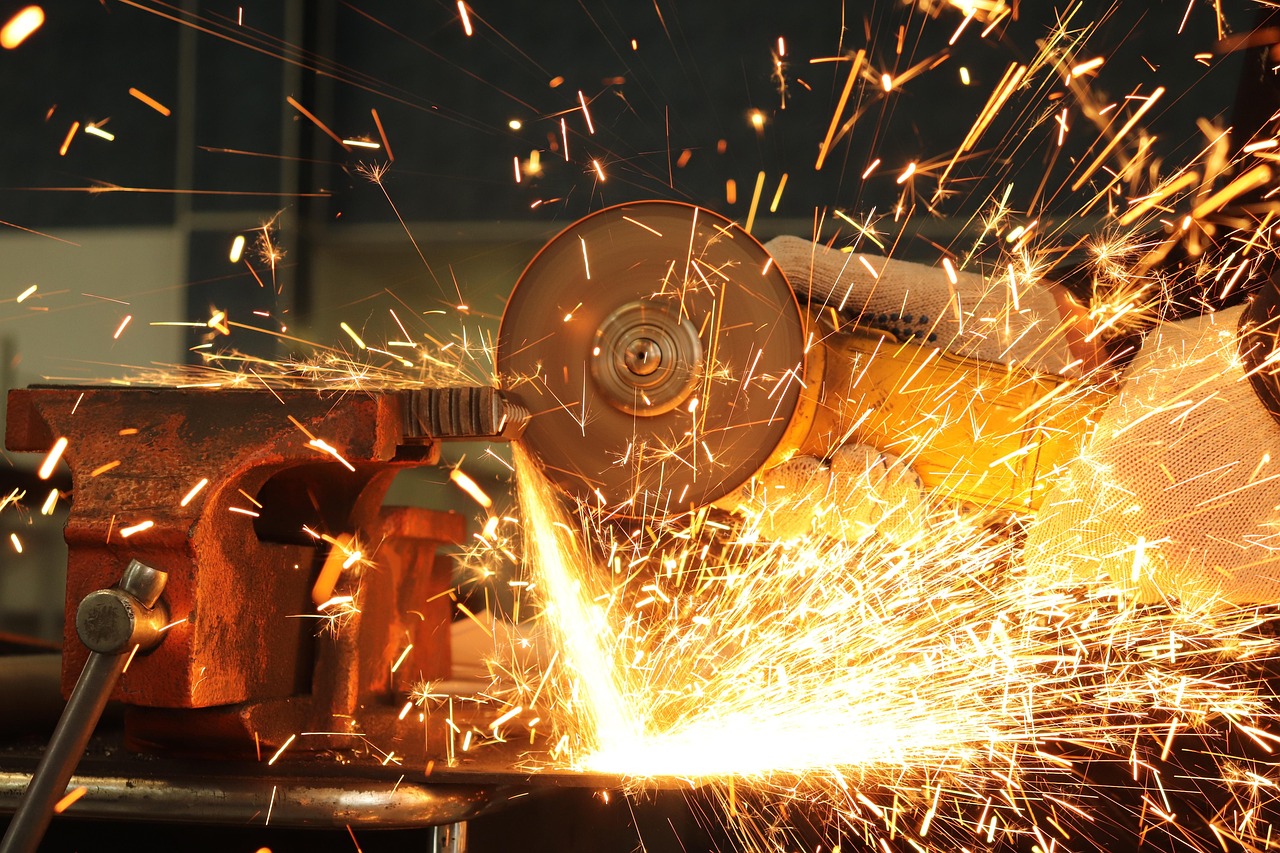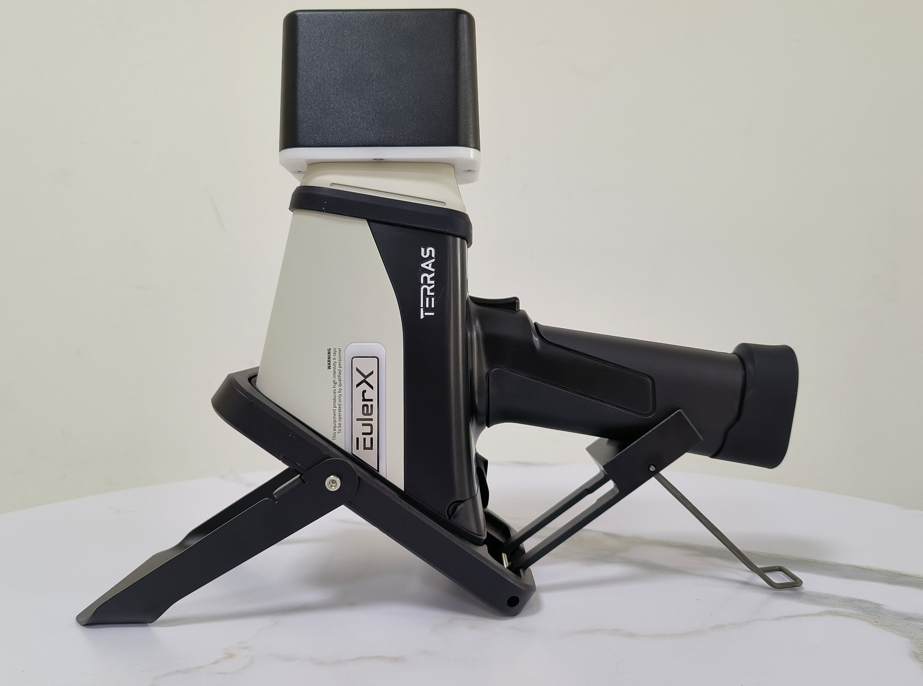
Alloy
A high-tech enterprise focusing on the development and application of X-ray technology products, committed to becoming a leading supplier of X-ray industrial testing solutions.
How Does an XRF Gun Work for Quality Control in Manufacturing?
In the fast-paced world of manufacturing, ensuring the quality and consistency of materials is critical to maintaining product integrity, meeting industry standards, and satisfying customer expectations. One of the most powerful tools for quality control in manufacturing is the XRF gun—a handheld device that uses X-ray fluorescence (XRF) technology to analyze the elemental composition of materials. But how does it work, and why is it so effective for quality control? Let’s explore the science and applications of XRF guns in manufacturing.
What is an XRF Gun?
An XRF gun is a portable, handheld device that uses X-ray fluorescence to determine the chemical composition of materials. It is widely used in industries such as aerospace, automotive, electronics, and metal fabrication to verify the quality of raw materials, components, and finished products. The device is non-destructive, meaning it can analyze samples without damaging them, making it ideal for quality control processes.

Terras EulerX900 Handheld Alloy Analyzer
The Science Behind XRF Technology
The XRF gun operates on the principle of X-ray fluorescence, a process that involves the interaction of X-rays with the atoms in a material. Here’s a step-by-step explanation of how it works:
X-ray Emission: When the XRF gun is activated, it emits a beam of high-energy X-rays from its built-in X-ray tube. These X-rays are directed at the sample being analyzed.
Interaction with the Sample: The X-rays penetrate the surface of the sample and interact with its atoms. This interaction causes the inner electrons of the atoms to be ejected, creating vacancies in the electron shells.
Electron Transition and Fluorescence: To fill these vacancies, electrons from higher energy levels drop down to the lower levels. As they do so, they release energy in the form of secondary X-rays, known as fluorescent X-rays. Each element emits X-rays at unique energy levels, which act like a fingerprint.
Detection and Analysis: The XRF gun’s detector captures these fluorescent X-rays and measures their energy levels. The device’s software then analyzes the data to determine the elemental composition of the sample.
Results Display: Within seconds, the XRF gun displays the results on its screen, showing the percentages of each element present in the sample. This information can be used to verify the material’s composition and ensure it meets the required specifications.
Applications of XRF Guns in Manufacturing Quality Control
XRF guns are indispensable in manufacturing for a variety of quality control applications:
Raw Material Verification: Manufacturers use XRF guns to verify the composition of incoming raw materials, such as metals, alloys, and plastics. This ensures that the materials meet the required specifications before they are used in production.
Alloy Identification: In industries like aerospace and automotive, the correct alloy composition is critical for performance and safety. XRF guns can quickly identify alloys and detect any deviations from the desired composition.
Coating Thickness Measurement: XRF guns can measure the thickness of coatings, such as paint, plating, or galvanization, to ensure they meet quality standards.
Advantages of Using XRF Guns for Quality Control
Non-Destructive Testing: XRF guns analyze materials without damaging them, making them ideal for inspecting finished products or valuable components.
Speed and Efficiency: Results are obtained in seconds, allowing for real-time decision-making and reducing production downtime.
Portability: Handheld XRF guns are lightweight and easy to use, enabling on-the-spot analysis in the factory or on the shop floor.
Accuracy and Precision: XRF guns provide highly accurate and reliable results, ensuring that materials meet strict quality standards.
Versatility: They can analyze a wide range of materials, including metals, alloys, plastics, ceramics, and more.
Real-World Examples of XRF Guns in Manufacturing
Aerospace Industry: In aerospace manufacturing, the integrity of materials is critical. XRF guns are used to verify the composition of titanium, aluminum, and other alloys used in aircraft components, ensuring they meet stringent safety standards.
Automotive Industry: Car manufacturers use XRF guns to inspect the composition of engine parts, exhaust systems, and body panels, ensuring they are made from the correct materials and are free from contaminants.
Electronics Industry: XRF guns are used to analyze the composition of solder, connectors, and other electronic components, ensuring they meet quality standards and are free from hazardous substances like lead.
Metal Fabrication: Metal fabricators use XRF guns to verify the composition of steel, stainless steel, and other alloys, ensuring they meet the required specifications for strength and durability.

Terras EulerX900 Handheld Alloy Analyzer
The EulerX 900 series is a top-tier tool for metal analysis, offering rapid, precise results in diverse applications. Its advanced electronics and algorithms enable high-quality, non-destructive measurements in seconds, perfect for inspecting materials, finished products, and in-process parts. The intuitive touch screen displays alloy grade and composition instantly, requiring minimal training and no sample preparation, regardless of sample shape or size.
Conclusion
The XRF gun is a game-changer for quality control in manufacturing. By providing fast, accurate, and non-destructive analysis of materials, it helps manufacturers ensure the quality and consistency of their products. From raw material verification to finished product inspection, the XRF gun plays a vital role in maintaining high standards and meeting customer expectations.
Join Us
Subscribe to our email list for updates & promotions.



